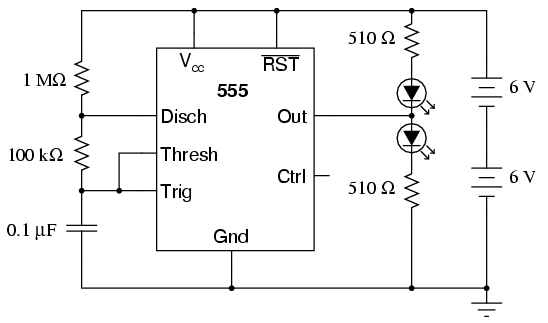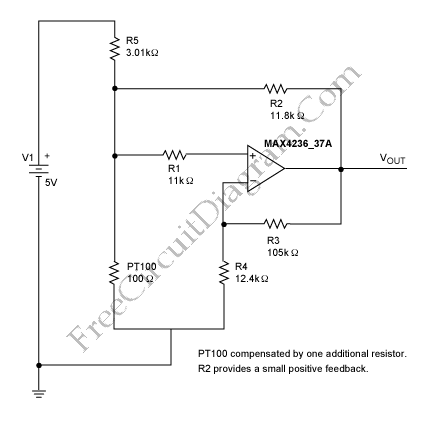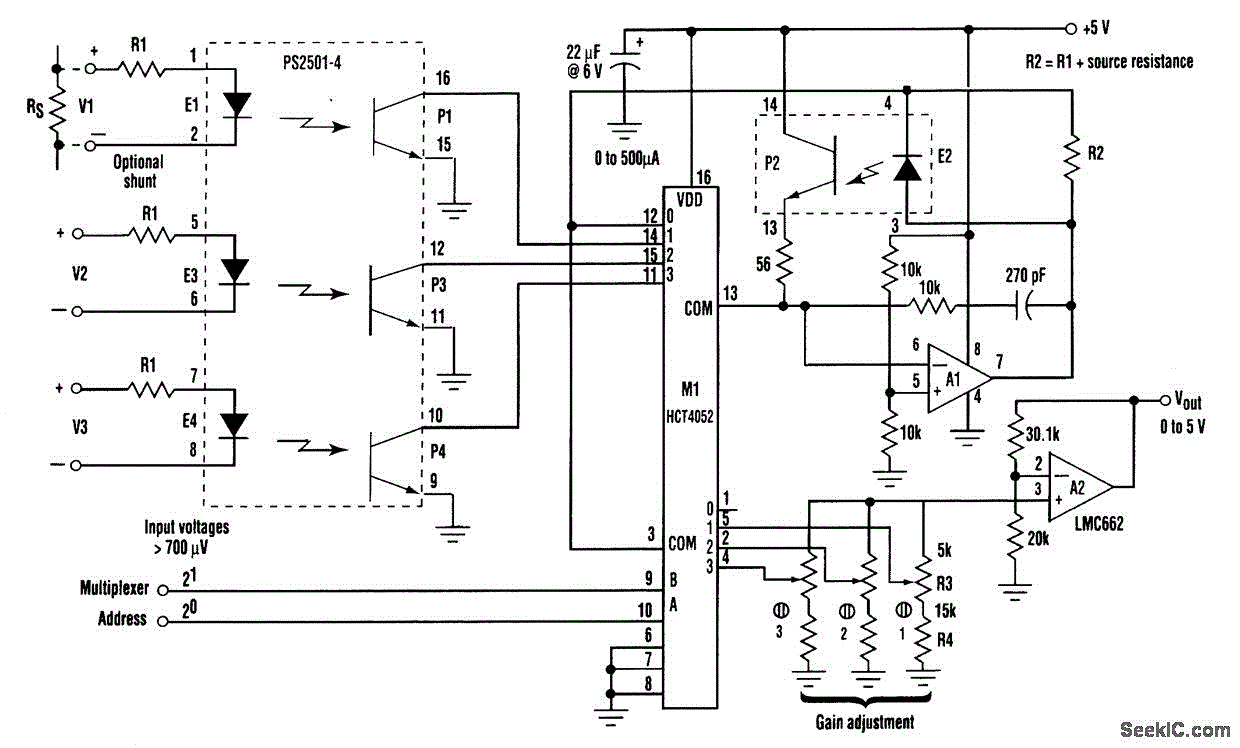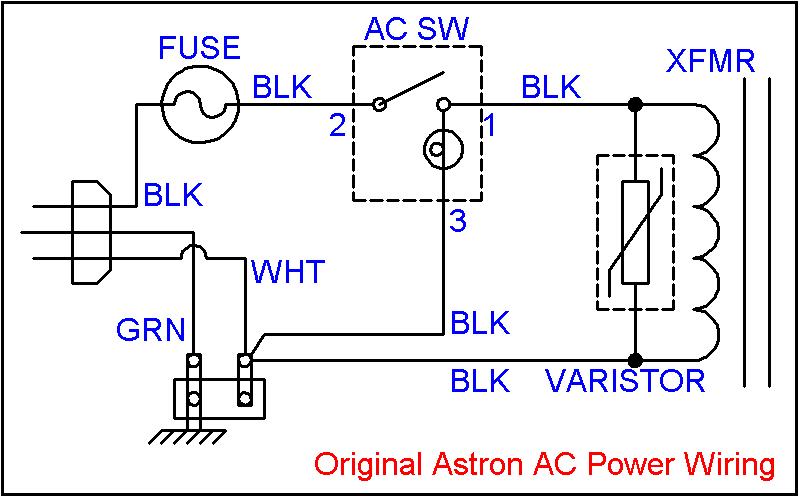
Linear analog coupler

Although the output is low-level and cannot be significantly loaded without compromising accuracy, a single integrated circuit (I.C.) operational or instrumentation amplifier can provide both linear gain and buffering for various loads. The minimum parts count version of this system offers isolated, linear signal transfer, which is beneficial for shorter distances or when using an optocoupler for linear information transfer.
The described system utilizes an operational or instrumentation amplifier to achieve low-level signal processing. This type of amplifier is essential in applications requiring precise amplification of small signals while maintaining signal integrity. The operational amplifier (op-amp) configuration allows for both linear gain and buffering, which is crucial when interfacing with different types of loads.
In terms of design, the circuit may include feedback resistors to set the gain according to the application requirements. The low-level output necessitates careful consideration of loading effects; excessive load can distort the signal, hence the importance of buffering. Buffering is achieved by configuring the op-amp in a voltage follower arrangement, which provides high input impedance and low output impedance, allowing it to drive various loads without affecting the signal quality.
For applications requiring isolation, such as in environments with high electrical noise or where ground loops might be a concern, the use of an optocoupler can be integrated into the circuit. The optocoupler serves to transfer the signal while maintaining electrical isolation between the input and output, thereby enhancing the reliability of the signal transfer over short distances.
This minimum parts count design emphasizes efficiency and simplicity while ensuring that the integrity of the linear signal transfer is preserved. The operational amplifier's versatility in various configurations makes it suitable for a wide range of applications, from sensor interfacing to data acquisition systems, where precision and reliability are paramount. Although the output is low level and cannot be loaded significantly without harming -accuracy, a single I.C. operational or instrumentation amplifier can supply both the linear gain and buffering for use with a variety of loads.
The minimum parts count version of this system provides isolated, linear signal transfer useful at shorter distances or with an optocoupler for linear information transfer.
The described system utilizes an operational or instrumentation amplifier to achieve low-level signal processing. This type of amplifier is essential in applications requiring precise amplification of small signals while maintaining signal integrity. The operational amplifier (op-amp) configuration allows for both linear gain and buffering, which is crucial when interfacing with different types of loads.
In terms of design, the circuit may include feedback resistors to set the gain according to the application requirements. The low-level output necessitates careful consideration of loading effects; excessive load can distort the signal, hence the importance of buffering. Buffering is achieved by configuring the op-amp in a voltage follower arrangement, which provides high input impedance and low output impedance, allowing it to drive various loads without affecting the signal quality.
For applications requiring isolation, such as in environments with high electrical noise or where ground loops might be a concern, the use of an optocoupler can be integrated into the circuit. The optocoupler serves to transfer the signal while maintaining electrical isolation between the input and output, thereby enhancing the reliability of the signal transfer over short distances.
This minimum parts count design emphasizes efficiency and simplicity while ensuring that the integrity of the linear signal transfer is preserved. The operational amplifier's versatility in various configurations makes it suitable for a wide range of applications, from sensor interfacing to data acquisition systems, where precision and reliability are paramount. Although the output is low level and cannot be loaded significantly without harming -accuracy, a single I.C. operational or instrumentation amplifier can supply both the linear gain and buffering for use with a variety of loads.
The minimum parts count version of this system provides isolated, linear signal transfer useful at shorter distances or with an optocoupler for linear information transfer.





